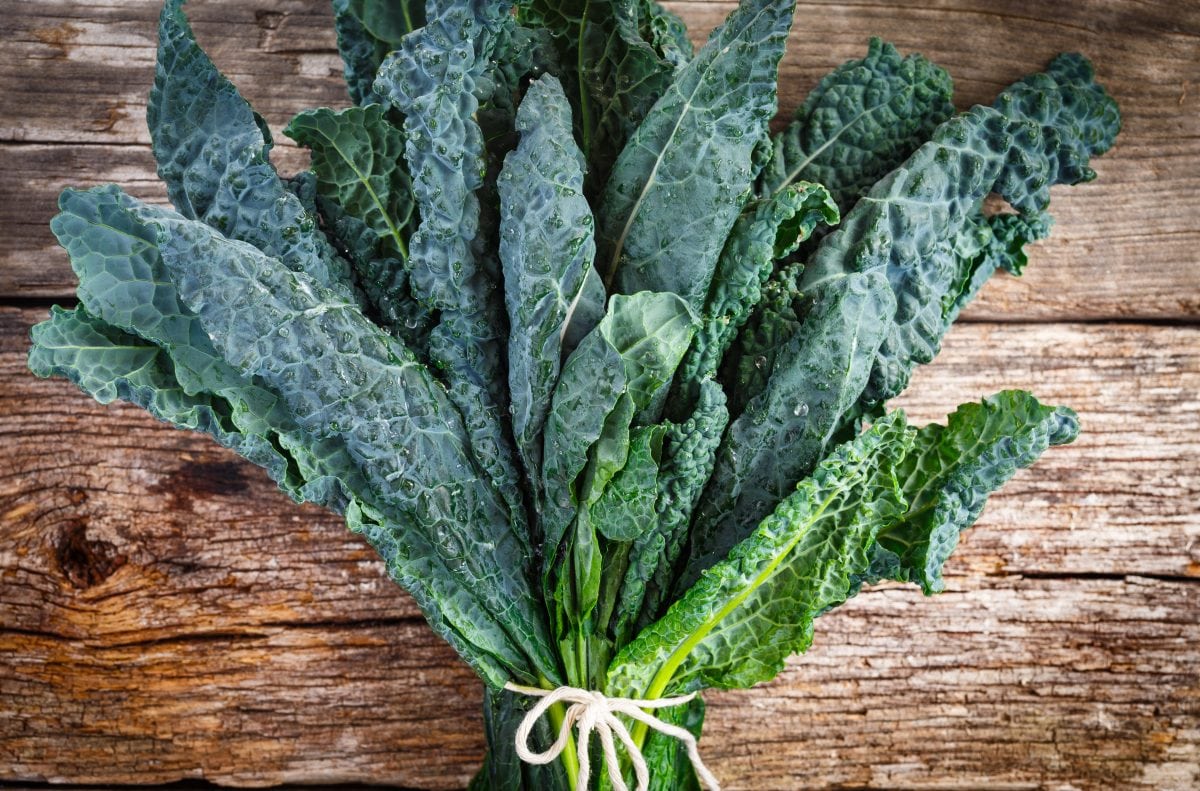By now you have likely heard the news that poor nutritional choices cause almost half of all cardiovascular deaths. Wouldn’t it be amazing if by eating better 400,000 people would still be alive today? You bet it would.
While it’s no surprise that nutrition and heart health are directly related, causing half of all cardiovascular deaths is a dramatic finding that deserves further scrutiny.
The recent study, funded by the Bill and Melinda Gates Foundation, was presented at the 2017 annual AHA meeting. They retrospectively looked at years of observational data to correlate nutritional habits and the subsequent risk of dying. Instead of focusing only on the “bad” foods that people ate, they also looked at the “good” foods people did not eat. They concluded that Americans need to eat more nuts, vegetables and whole grains, and less salt and trans fats.
Yawn. That finding is hardly earth shattering as we have been hearing this for decades. Does this new study add anything to the current literature? I’m afraid not.
We have plenty of observational data suggesting the same. In fact, another similar study published in JAMA at the same time provided more observational evidence that 318,000 out of 702,000 cardiovascular and diabetes related deaths are related to (in order of statistical strength), too much salt, not enough nuts and seeds, too much processed meats, not enough omega 3 rich seafood, not enough veggies or fruit and too many sugary beverages.
Bad Studies Yield Bad Data
Two studies with similar results. Does that sound conclusive? Not so fast. The problem is that all this data is observational, and therefore weak data. It can point out associations, but it cannot prove cause and effect (see chapter 2 in my book, Your Best Health Ever for a more detailed discussion). What we need is a randomized, controlled trial investigating the question of nutrition and cardiac deaths, not more observational drivel (see my post on The Best Weight Loss Trial You Will Never See here)
As an example, processed food is high in salt. Fruits and veggies are low in salt. Can we say with certainty that the salt is the problem? Or is it the company it keeps, i.e. too much crackers, chips and baked goods instead of fruits and veggies? This study cannot determine between the two. Also, those who eat more veggies also tend to be more health conscious, more physically active, and have less dangerous habits (i.e. smoking). The opposite is true for those who eat more processed junk food. Again, observational studies cannot completely control for those variables (they can try, but statistics are imperfect for this).
Does this mean we need to throw out the study completely? Not necessarily. It raises important questions, even if it does not provide clear answers.
Instead, we should combine the findings with the higher quality, randomized trials to see what the science truly supports.
Good Studies Yield Good Data
The more conclusive studies are the randomized controlled trials. One such recent trial was the PREDIMED study (see more on this study and the Mediterranean diet here). Briefly, this trial investigated a diet that included a “high intake of olive oil, fruits, nuts and vegetables; a moderate intake of fish and poultry; a low intake of dairy products, red meat, processed meats, and sweets; and wine in moderation with meals.” This pattern of eating significantly reduced the risk of cardiovascular disease when compared to low-fat diet.
Since this was a randomized trial, there was no need to control for other healthy habits and self-selection bias. In addition, they didn’t measure surrogate outcomes like blood pressure, weight, or cholesterol. They measured the events we really care about- heart attack, stroke and death. In the end, a simple nutritional intervention reduced that risk.
This is an impressive study that tells us something conclusive about nutrition. I hope you can see the difference between this study and the throngs of poor-quality observational trials.
Do you see any similarities between the PREDIMED study and the recent observational trials?
Encourage nuts, veggies, and fish. Discourage processed meats and sweets.
In short, eat real food.
Can We Find A Common Ground?
After that, the science gets murky.
What about poultry? It was encouraged in the PREDIMED study and was not mentioned much in the recent observational trials. There doesn’t seem to be significant evidence to avoid it, and there may be reason to eat it. So be aware of your portion size and go for it.
What about salt? It wasn’t limited in the PREDIMED study. Some studies suggest increased risk with high sodium intake, and some studies suggest increased risk with low sodium intake. In the observational trials, it can be difficult to separate salt from processed foods, and therefore difficult to know if it is dangerous.
You may be thinking, if there is any question, why not just avoid it? Is there a compelling reason to eat salt? You bet there is. Taste. Salt helps food taste better. If you are adding it to your cookies, white bread or potato chips, you aren’t doing yourself any favors. However, if you are adding a sprinkle of sea salt on your freshly steamed veggies or your roasted broccoli, then go for it. An observational study can’t tell the difference between those two circumstances, but trust me, your body can.
What about red meat? This is a big one. We don’t have any evidence that red meat reduces the risk of cardiovascular disease. However, all the evidence suggesting that red meat and animal protein increase the risk of cardiovascular disease is poor quality observational data. In addition, there is plenty of poor quality observational data that claims the exact opposite, that red meat does not increase the risk of cardiovascular disease. So again, we must ask, if there is controversy, should we just avoid it? Is there a compelling reason to eat meat? For some there is. Animal meat is the most efficient source of B-vitamins, iron and protein, it is filling and it tastes great.
Once again, the specifics matter. Are you eating a 16oz porterhouse steak with mashed potatoes? Or are you eating a fresh vegetable salad with 6-ounces of grass-fed steak on top? A study may not know the difference, but your body sure does.
Wrap It Up
Can improving what you eat reduce your risk of heart attacks and strokes? It sure can. The PREDIMED study showed that.
Do these new observational studies add anything new? That’s debatable.
We come back to the basics. Eat more real food. Eat more veggies and fruits. Eat less processed junk. Avoid manufactured trans fats. If you do that, you are doing 95% of the work (I made up 95%, but it seems right to me).
Spend all the time you want arguing about the remaining 5%. There is plenty of evidence to support your claim whether you are for or against salt, meat, eggs etc.
As for me, I am going to step out of the argument and go eat my spinach and kale salad with Brussel sprouts, cauliflower, squash, nuts and seeds, topped with olive oil and 4 oz. of wild salmon and a hard-boiled pasture raised egg. Heaven on earth. Bon Appetite.
Bret Scher, MD FACC
Cardiologist, author, founder of Boundless Health
www.DrBretScher.com
Action Item:
Look for ways to add veggies, nuts and seeds to your meals. Sprinkle pumpkin seeds on your oatmeal, eggs or salad. Ask for a double portion of veggies and half the protein when you go out to dinner. Watch our veggies and eggs video to see how easy it is to make a veggie-based breakfast. Focus on real food, veggies first. Try it today and see how easy and rewarding it can be!








